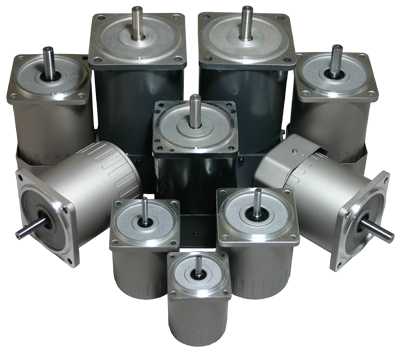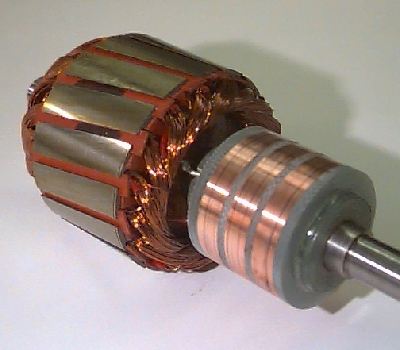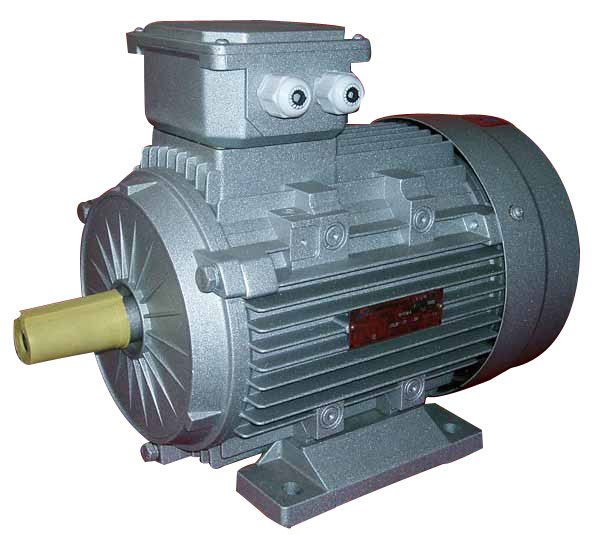Difference Between Synchronous and Asynchronous Motor

There are a lot of differences between a synchronous motor and an asynchronous motor:
The operational speed of a synchronous motor is RPM = 120f/p, while the operational speed of an asynchronous motor is far less i.e. RPM = 120f/p-slip. Slip is a relative phenomenon; it is zero when there is no loaded torque, but increases with the amount of load.
The rotor windings require DC excitation when it comes to the synchronous motors, while no such thing is needed in the asynchronous motors.
In synchronous motors, you need slip rings and brushes in order to supply the rotor excitation. On the other hand, the asynchronous motors do not really need the slip rings. However, some of them have the slip rings just for soft starting or keeping the speed under control.
Rotor windings are needed by synchronous motors. The asynchronous motors, however, are constructed with the help of conduction bars which are placed inside the rotor in the form of a squirrel cage. The squirrel cage is formed when the conduction bars inside the rotor are shorted together.
Once the synchronous motor reaches the synchronous speed, it needs a mode of operation. In addition to that, synchronous motors also need a starting mechanism. On the other hand, the asynchronous motors do not follow the same process. They can be started by applying power, even though single phase motors sometimes require an additional circuit to get things going.
While the synchronous motors can be adjusted so there can be lagging, unity or leading, the asynchronous motors are different. The asynchronous motor will always operate through a lagging power factor.
When it comes to efficiency, synchronous motors are more efficient as compared to asynchronous motors.
A synchronous motor would only require a permanent magnet in its rotor, without any slip rings, rotor windings, DC excitation system or power factor for its construction. On the other hand, an asynchronous motor would need all this for its completion.
Synchronous motors are mostly as large as 750kW because of the high costs. However, the ones with permanent magnets can be made in smaller sizes as well. On the other hand, asynchronous motors have no limitations to sizes.
Instructions
-
1
Synchronous Motor
It is an AC motor in which the rotation of the shaft is always aligned with the supply current’s frequency.
- Image courtesy: kpkuet.com
-
2
Asynchronous Motor
An asynchronous motor is a motor in which the current starts to flow from the rotor windings with the help of a magnetic field which is created by the electromagnetic induction.
- Image courtesy: xinnuo.en.made-in-china.com







